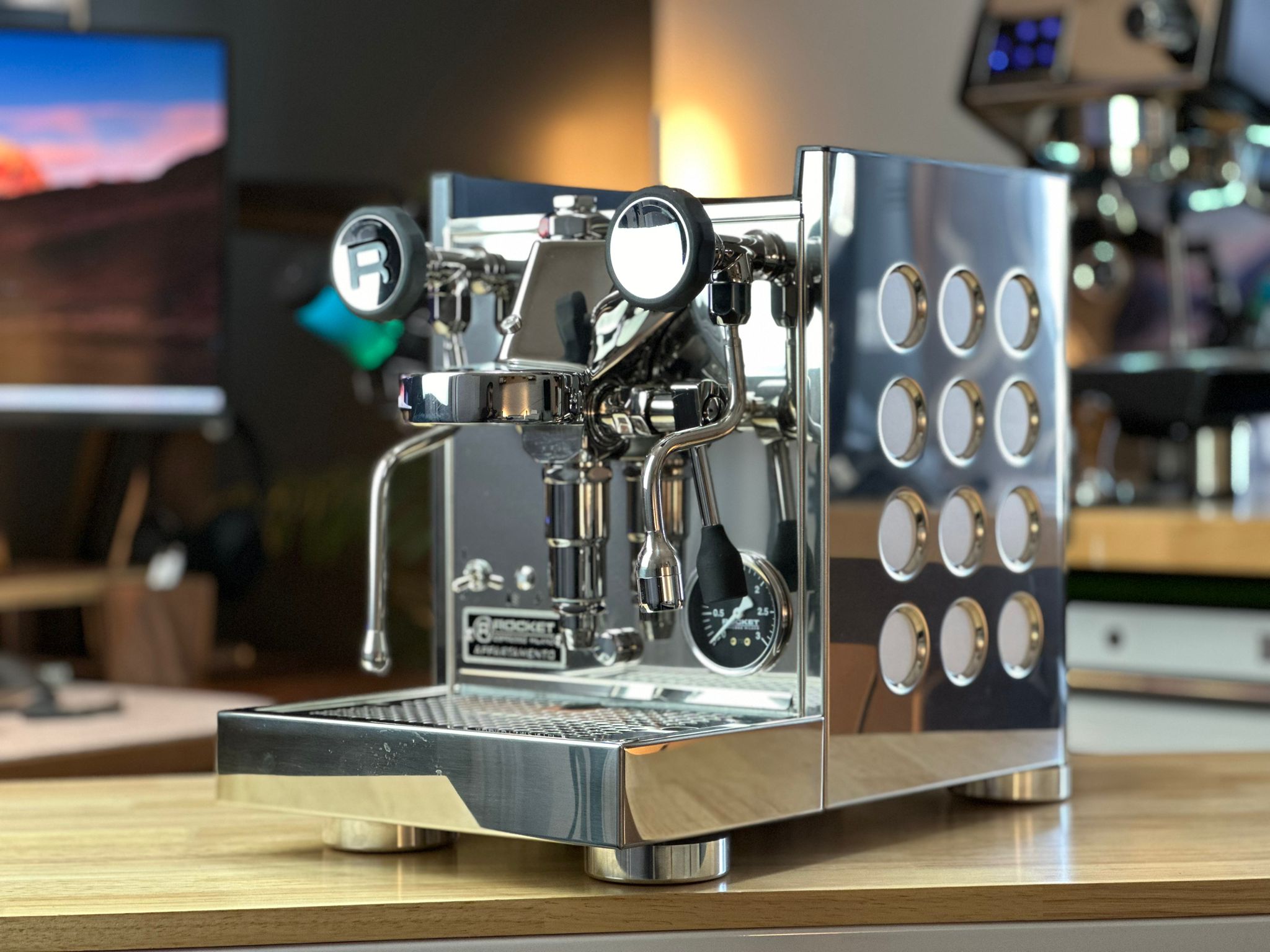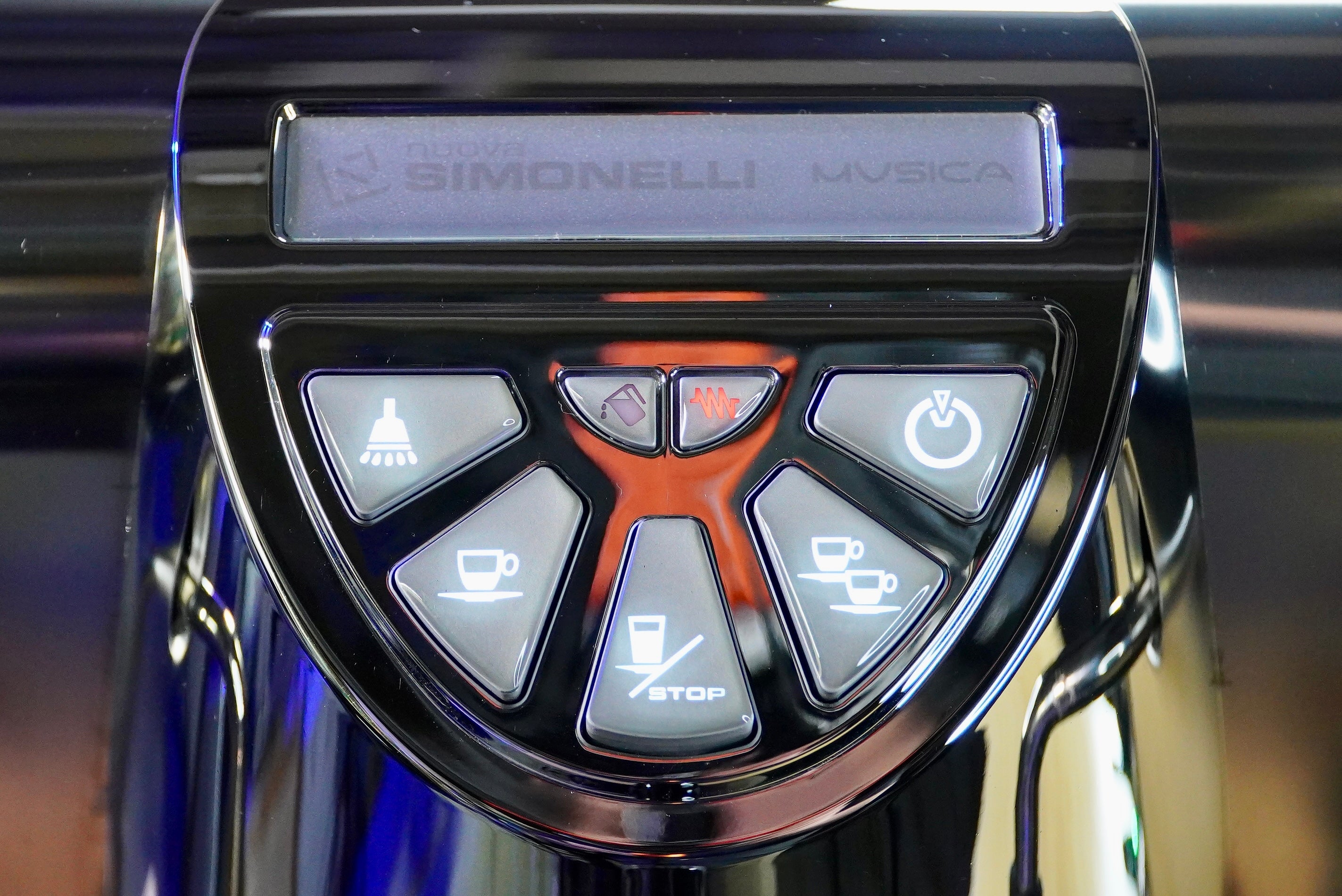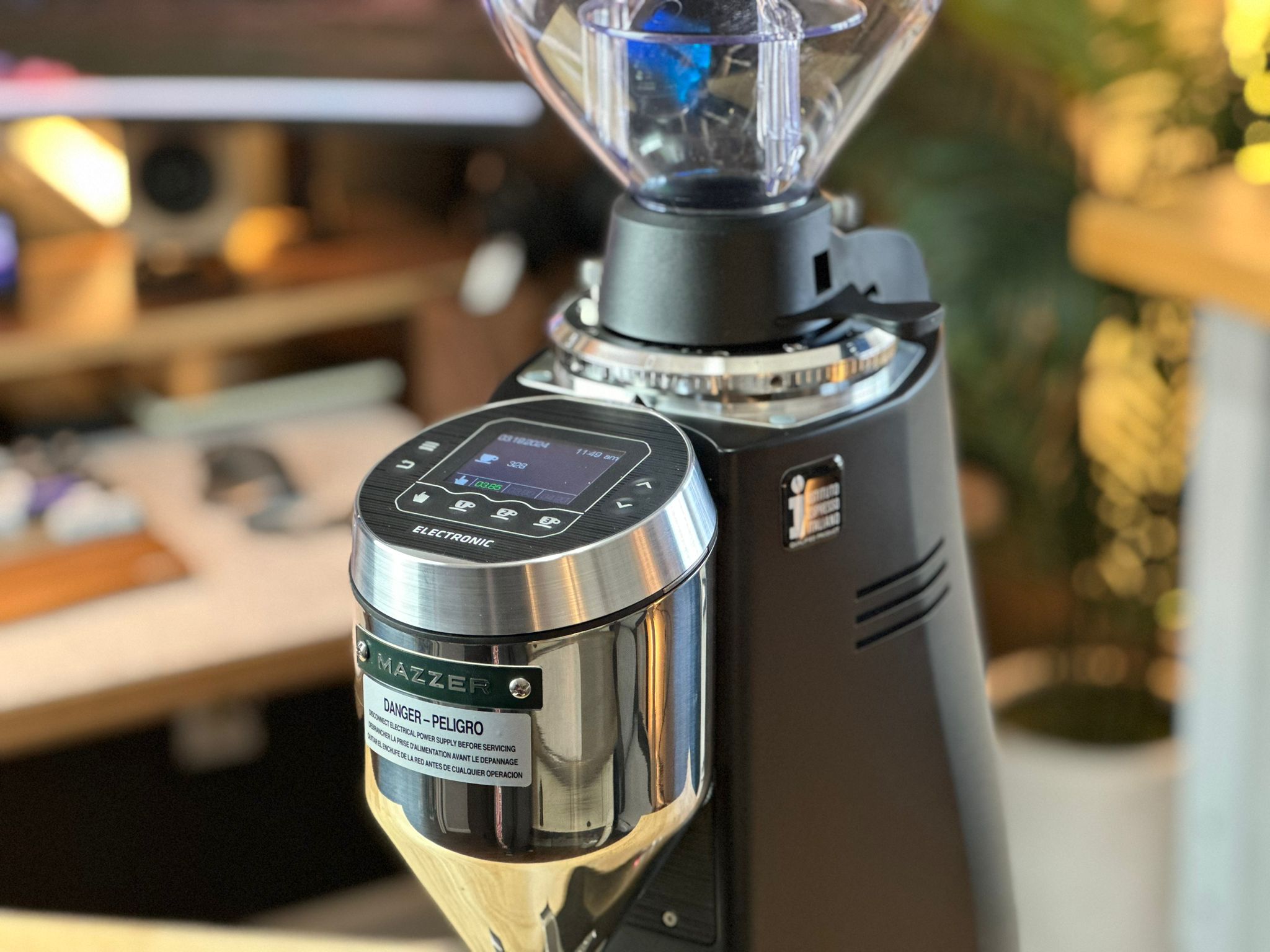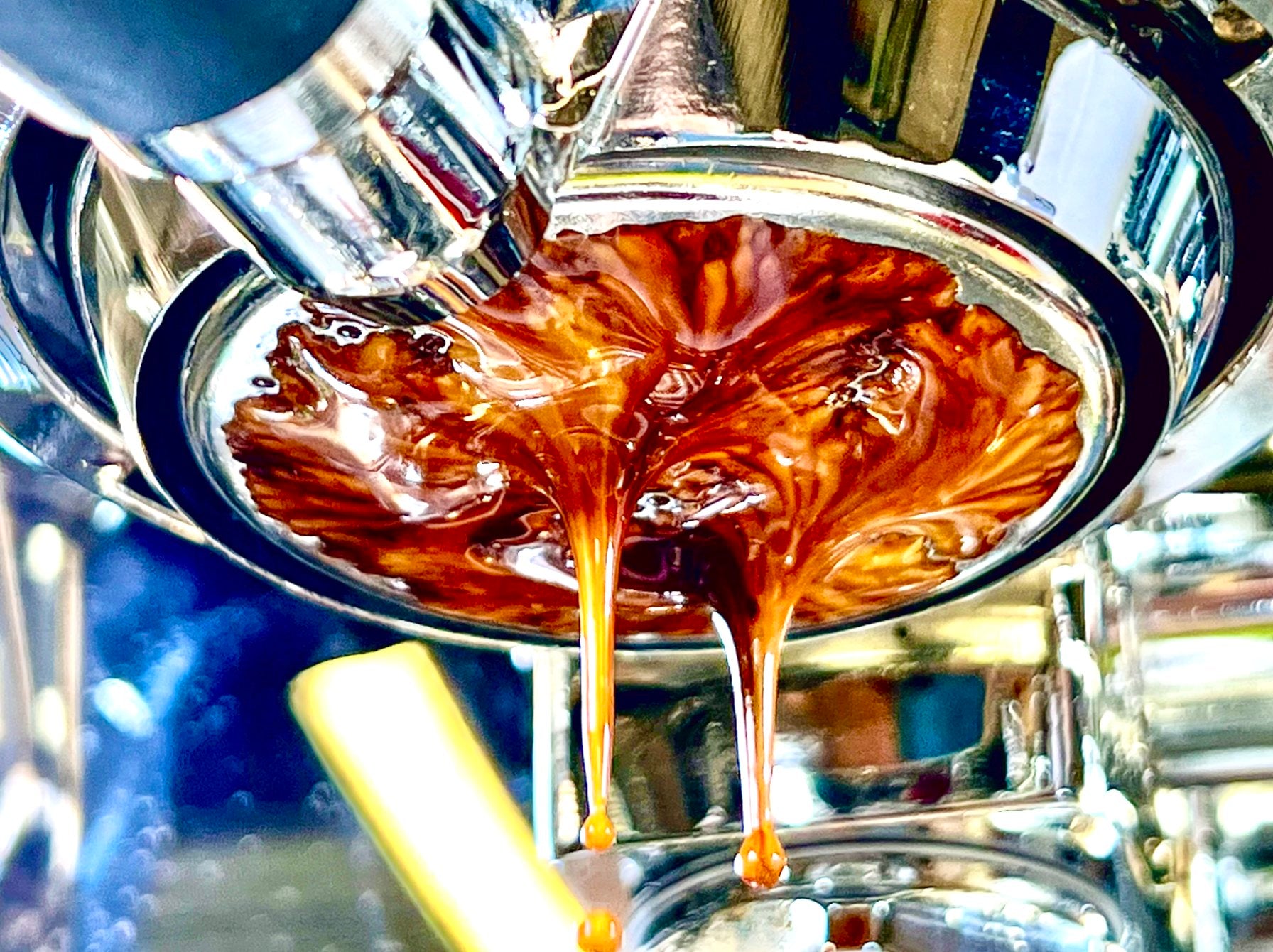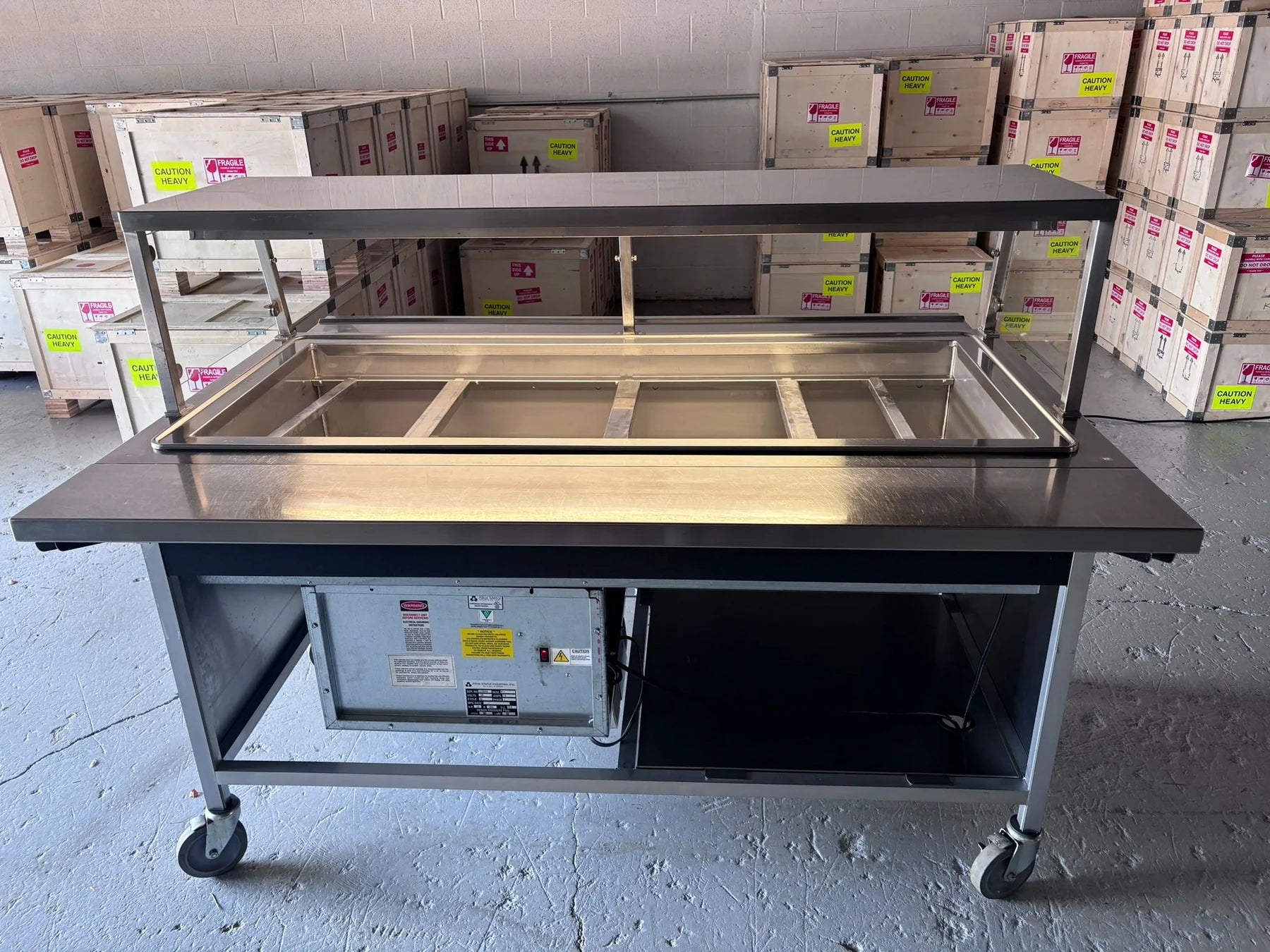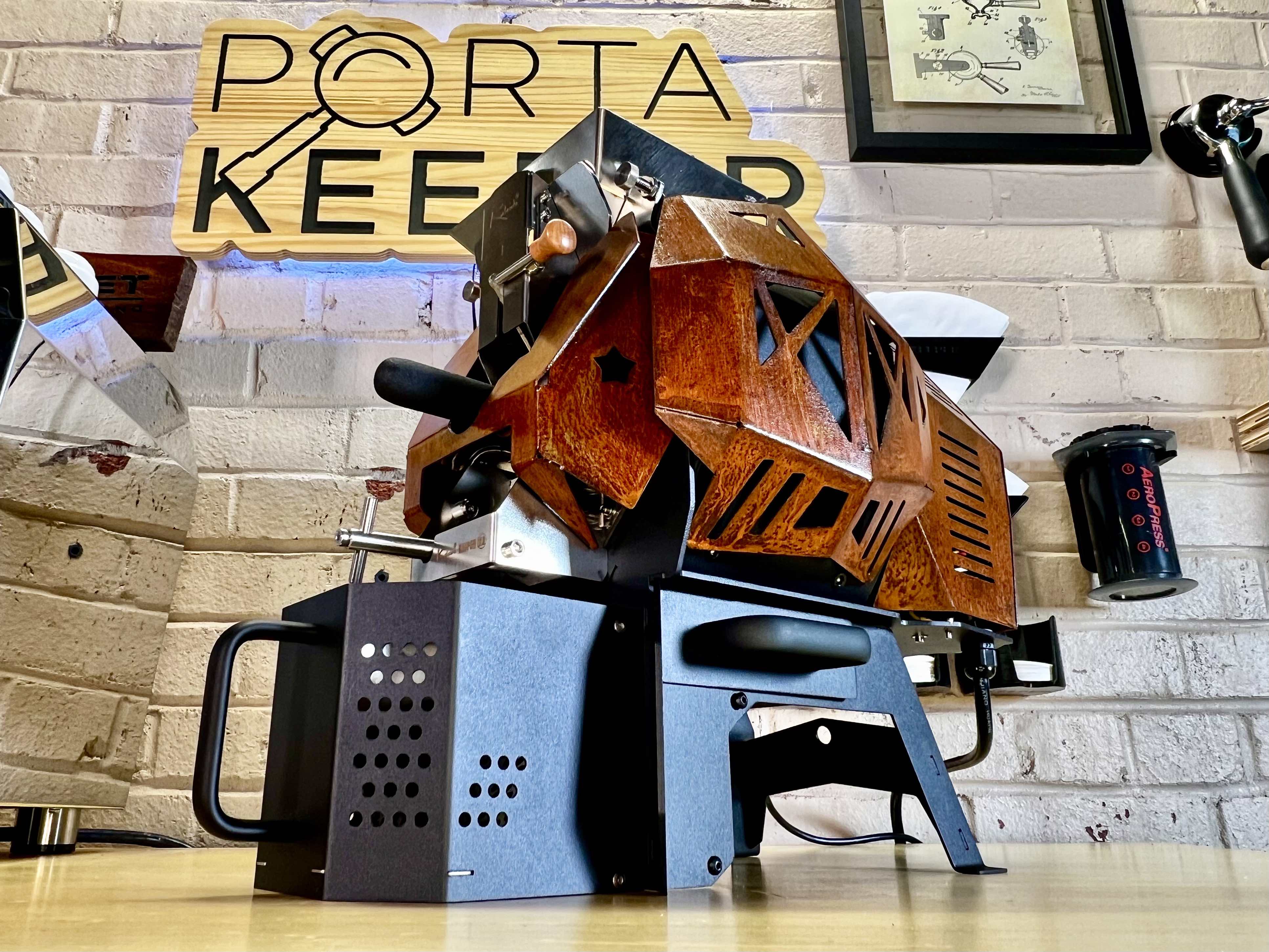The History of Rancilio: Innovators of Espresso Machine Design
Introduction
Rancilio is one of the most respected names in espresso machine manufacturing, known for its technical innovations and its contributions to making high-quality espresso machines accessible to both professionals and home baristas. Founded in 1927, in Parabiago, near Milan, Italy, Rancilio has grown into a global brand. Its commitment to innovation, craftsmanship, and technological excellence has shaped the espresso industry over the past century. Today, Rancilio machines can be found in cafés, restaurants, and homes around the world, contributing to the spread of coffee culture and the rise of the specialty coffee movement.
Early History: The Founding of Rancilio
The company was founded by Roberto Rancilio, a man passionate about espresso and engineering. At the time, espresso culture was growing rapidly in Italy, and Rancilio saw an opportunity to improve the existing espresso machines, which were often cumbersome and inefficient. He set out to create machines that were more reliable, easier to use, and capable of consistently producing excellent espresso.
Rancilio’s first major contribution to the espresso world came with the production of the Regina in the 1920s, a manual lever espresso machine. These early machines were some of the first to be used commercially in Italian cafés. Over the following decades, the company grew steadily, gaining a reputation for its robust and reliable machines .
The Lever Machine Era
In the 1950s, Rancilio entered what is often called the "lever machine" era. These machines, including Rancilio’s Invicta Horizzontal model, were designed to improve the barista’s control over the espresso extraction process by using a lever to manually create the pressure needed to brew espresso. The Invicta Horizzontal was particularly notable for its design, which introduced more streamlined aesthetics compared to previous machines. The horizontal layout of the boiler allowed for easier use and better integration into café countertops, a design that was becoming increasingly popular across Italy .
The Introduction of Hydraulic Technology
In the 1960s, Rancilio took another significant step in espresso machine design by adopting hydraulic technology in its machines. This development marked a major turning point for the company and the industry as a whole. By using hydraulics to automate the brewing process, espresso machines became more reliable, consistent, and easier to use. Rancilio’s Z8 model, introduced in 1974, was among the first fully automatic machines with hydraulic systems, a design that would soon become standard across the industry.
This automation allowed café owners to serve more customers quickly without sacrificing the quality of the espresso, further fueling the growth of coffee culture in Italy and beyond. Rancilio's innovations during this period helped set the stage for the modern, automated espresso machines that dominate the commercial market today .
The Rancilio Silvia: Bringing Espresso to the Home Barista
While Rancilio had long been a dominant player in the professional espresso machine market, the company made a lasting impact on home brewing with the release of the Rancilio Silvia in 1997. The Silvia is often credited with making high-quality espresso accessible to the home barista. Before this model, most home espresso machines were either prohibitively expensive or lacked the necessary features to produce café-quality espresso.
The Silvia changed that by offering a robust, semi-automatic machine built with the same level of craftsmanship and quality as Rancilio’s commercial machines. The machine featured a single boiler, a powerful steam wand, and durable components typically found only in professional models. It quickly became a favorite among home enthusiasts and remains one of the most popular home espresso machines on the market today .
Global Expansion and Diversification
By the early 2000s, Rancilio had firmly established itself as one of the leading manufacturers of espresso machines, both for commercial use and for home brewing. The company expanded globally, opening subsidiaries in the United States, Europe, and Asia to better serve its growing customer base.
In 2013, Rancilio joined the Ali Group, one of the world’s largest foodservice equipment companies, allowing it to further expand its reach and diversify its product offerings. Under the Ali Group, Rancilio continued to innovate and develop new models that catered to the needs of the specialty coffee market. The company introduced advanced features such as temperature stability systems, pressure profiling, and programmable extraction settings, keeping its machines at the forefront of espresso technology .
Technological Advancements and the Classe Series
One of the most successful lines of machines from Rancilio is the Classe series, first introduced in the early 2000s. These machines were designed with the modern barista in mind, offering a range of advanced features that allowed for greater control over the brewing process. The Classe series included models equipped with PID controllers for precise temperature control, ergonomic designs, and energy-saving features, such as automatic shutdown systems to reduce power consumption .
The Classe 11, introduced in 2012, represented the pinnacle of this line, featuring touchscreen interfaces, customizable user profiles, and integrated USB ports for easy software updates. These innovations were aimed at enhancing both the barista’s experience and the quality of the espresso served .
Sustainable and Environmentally Friendly Initiatives
In recent years, Rancilio has also focused on sustainability, recognizing the growing importance of environmental responsibility in the coffee industry. The company has implemented energy-saving technologies in many of its machines, including the use of insulation materials to reduce heat loss and improve energy efficiency. Rancilio has also worked to reduce the environmental impact of its manufacturing processes by adopting greener production practices and developing machines with longer lifespans to reduce waste .
Rancilio's dedication to sustainability aligns with broader trends in the coffee industry, where consumers and businesses alike are increasingly prioritizing eco-friendly products and practices .
Conclusion
Rancilio’s rich history is defined by a dedication to innovation, quality, and accessibility. From its early days of producing manual lever machines to the development of hydraulic systems and the introduction of the iconic Silvia model for home baristas, Rancilio has continually pushed the boundaries of espresso machine design. Today, the company remains a leading player in the global coffee industry, known for its durable, reliable machines that serve both professional baristas and coffee enthusiasts.
Through its innovations, Rancilio has helped shape the modern espresso landscape, making it possible for more people to enjoy high-quality espresso whether in a bustling café or at home. As the company continues to evolve, it remains committed to its roots, blending craftsmanship with technological advancement to deliver the best possible coffee experience.
Footnotes
- Rancilio Founding and Early History: History of Italian Espresso Machines.
- Lever Machines and Early Designs: The Evolution of Espresso Machines.
- Hydraulic Technology in Espresso Machines: Innovations in Coffee Brewing.
- Rancilio Silvia and the Home Espresso Revolution: Home Barista's Guide to Espresso Machines.
- Classe Series and Technological Advancements: Espresso Machines for the Modern Café.
- Sustainability Initiatives at Rancilio: Green Practices in Coffee Equipment Manufacturing.




